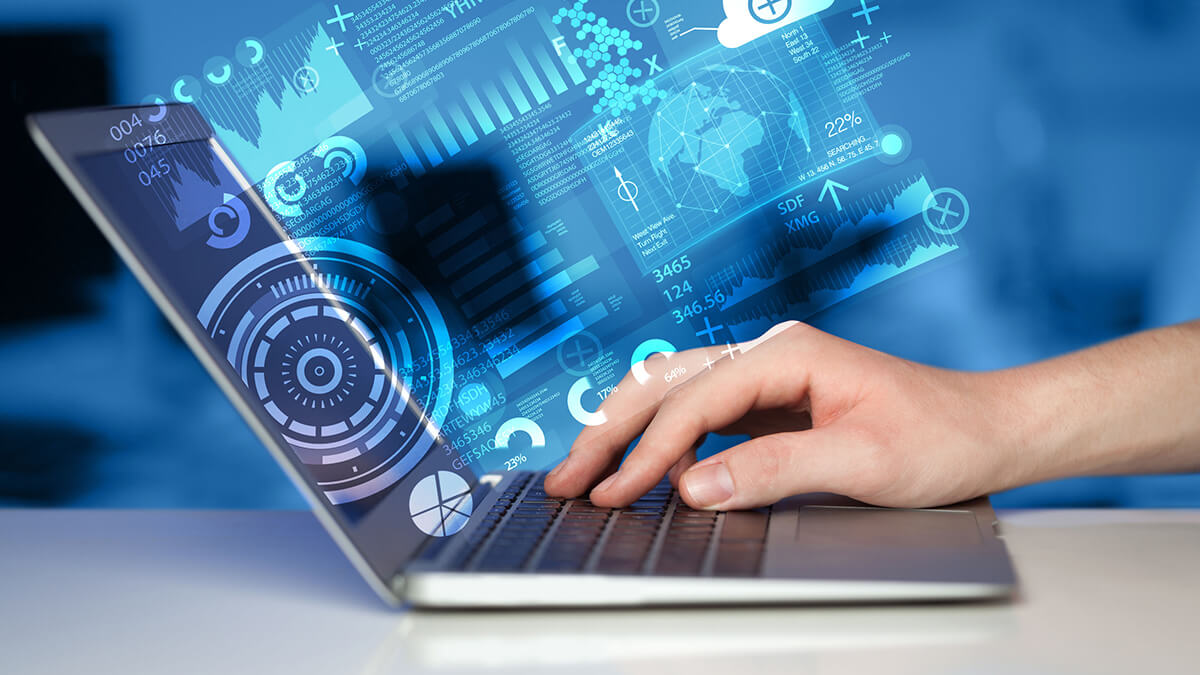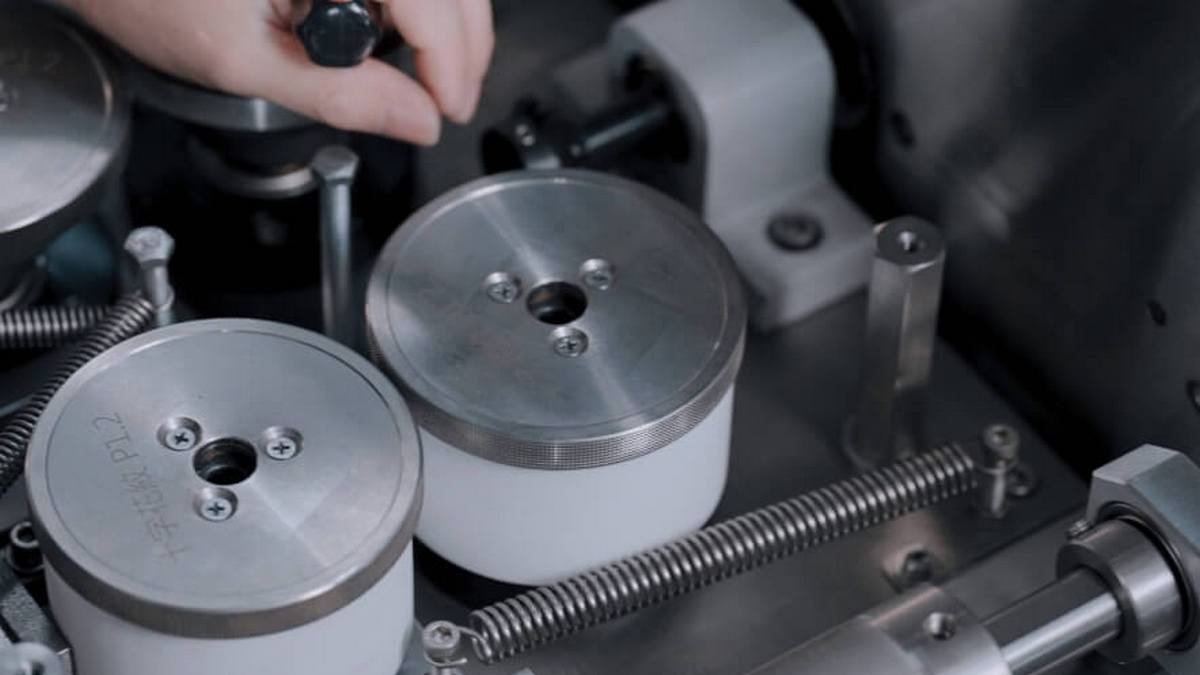The Internet of Things (IoT) is one of the most popular innovative technologies at present, and IoT-related start-ups have sprung up constantly, striving for media exposure focus on technology products or opportunities for corporate fundraising and M&A. Not only high-tech start-up companies have a soft spot for IoT technology, but traditional industries are also trying to catch up with this wave of IoT boom, and traditional industries are looking forward to introducing innovative applications of IoT to create a new generation of industrial automation development. However, under this wave of IoT boom, many problems arising from IoT technologies have also emerged. These problems not only test the innovation of the Internet of Things technology but also pose a considerable challenge to the development of the Internet of Things in other broad fields.
However, the industry faces various obstacles in its adoption and implementation. The main challenges include the following:
-
Safety
The Internet of Things has become a major security issue, and leading technology companies and governments around the world are working hard to find the right solution. As technology connects more devices, the risk of malware will increase. News about the hacking of smart refrigerators, baby monitors, thermostats, and cameras has become a normal phenomenon. One of the main reasons behind the insecure state of the Internet of Things is the rate at which each supplier tries to introduce new connected devices before competitors without paying attention to product security. "People have reasonable concerns about security: in simple terms, the smarter devices and sensors you connect to the Internet, the greater the likelihood that hackers will find access to sensitive systems."
Information security is the first concern of the online community. We understand that by adding more Internet-connected devices, the risk of information security will increase relatively. Although the growth rate of the Internet in the past has been surprising (increased to 2 billion online devices in 30 years), it is still far below the expected growth rate of IoT products (up to 50 billion online devices in 5 years). We have to re-examine the degree of impact on information security under the highly expanded Internet. A poorly designed IoT device may cause user data to be stolen by exposure to unprotected information streams. If this device is a medical IoT device related to health and safety, the risks derived from it are even greater. Many IoT deployment scenarios often connect many IoT devices that are identical or nearly the same, such as IoT applications such as smart cities or smart meters. If any single IoT device discovers a security hole afterward, due to a large number of connected IoT devices, the cascading effect of security holes caused by the same configuration has a great impact on information security. When deploying large-scale IoT networks, the trade-off between security and cost requires more careful evaluation.
-
Data protection and privacy
The use of Internet of Things technology may lead to the invasion of public spaces and is used to track normative behavior to obtain economic benefits. "There is simply no way to predict how these huge forces will be used-too much accumulation in the hands of companies looking for financial advantages, and the government is eager to gain more control-will be used. The opportunity is big data, as we become more opaque Companies and government agencies are becoming more transparent, and the Internet of Things will make it more difficult for us to control our lives."
In terms of protecting personal privacy, the challenges facing the Internet of Things are special. Many IoT scenarios go beyond personal data protection. When IoT devices are integrated with the living environment around us, we may not even know that we are using these IoT devices. Consumer IoT devices are becoming more and more widespread, such as mobile phone positioning functions, car positioning devices, or smart TVs. Some smart TVs have voice control and even eyeball control functions. Device interaction functions send data to cloud services for processing. Cloud services are likely to be provided by third parties. Such data collection also poses challenges to data protection and privacy-related regulations.
-
Safety
It should also be noted that, like many other systems, IoT systems are also susceptible to devise or communication failures, wrong applications, or unpredictable adverse application interactions. These vulnerabilities can lead to dangerous and unsafe physical events, such as malware instructing the device to "open the entrance door when no one is at home".
Besides, many IoT scenarios involve cross-border or global equipment installation and data collection activities. Which data protection model can be applied to such a wide range of scenarios is quite doubtful? We want to make full use of the opportunities and value of the IoT, For the planning of the Internet of Things, we cannot simply consider technology and services, but more importantly, we must respect personal choices for privacy.
-
Lack of clear value proposition and interoperability
Industry experts say that although many companies find the potential of the Internet of Things very attractive, they either lack a clear value proposition for end-users or lack interoperability.
Although the Internet of Things emphasizes technological innovation, the difficulties encountered by the Internet of Things in the technical field are no less than in other fields. The biggest technical defect of the Internet of Things lies in the lack of technical standards and best practices, which will be a great obstacle to the development of the Internet of Things. Technical standards are an important basis for software design. Technical standards guide software behavior to a considerable extent. Hardware manufacturers lack technical standards. Designers can only design products based on intuitive experience, and cannot understand the impact of installing this device on the Internet. If it is a poorly designed IoT product, such an IoT device is loaded on the network, which will consume online network resources or even consume global network resources and have a negative impact.
-
Connectivity
Many companies may not be able to connect all the data and process it efficiently. As the number of connected systems and devices increases, companies deploying IoT solutions will have to deal with large data sets. Such a large amount of data will make it difficult to focus on truly valuable information.
The key factors for the success of IoT small consumer electronics products are low prices and the speed with which products are introduced. From another aspect, the large-scale installation of IoT small electronic products requires holistic evaluation planning, standardized setting tools, standardized interfaces, and IPv6 networking requirements. These two departures from the facets inherently create a dilemma in the design of IoT products. It will be a great test for IoT products to find viable market positioning and opportunities in these two inconsistent facets.
-
Regulatory standards
Regulatory standards on IoT technology still lack transparency. The industry needs clear guidelines on who can access the data collected by IoT devices, how to sell this data to third parties, and how to create new services and products.
The issues faced by the Internet of Things in the field of regulations and laws are equally difficult. The legal issues involved in the Internet of Things include information flows across borders, conflicts between surveillance devices and human rights that are implemented according to law, data retention and destruction policies, legal liability for unintentional use, security breaches, or privacy violations. On the whole, the development speed of the Internet of Things technology far exceeds the relevant policy and regulatory environment. The analysis of the regulations of the Internet of Things has gradually been reviewed towards a technology-neutral legal point of view, to avoid unfair or deceptive behavior of the Internet of Things to consumers.
The wide range of challenges facing the Internet of Things is not unique to advanced countries. Many emerging and developing countries have great expectations for the Internet of Things innovation to improve society and the economy. 38% of the annual economy of developing countries or regions will be affected by the Internet of Things application services. These regions must also bear the challenges brought by the Internet of Things. They also need to formulate IoT policy requirements, fully understand market readiness, and build technical expertise to fully realize the potential benefits of the Internet of Things.
According to ancient proverbs, it is a warning. Companies can concentrate on learning how to overcome the above obstacles to surpass competitors who lack this knowledge. By understanding the barriers to IoT adoption, they will be able to avoid security issues and additional costs associated with the implementation of new technologies. Companies can also hire third-party experts to help deploy IoT solutions that are compatible with older devices.







.jpg)






